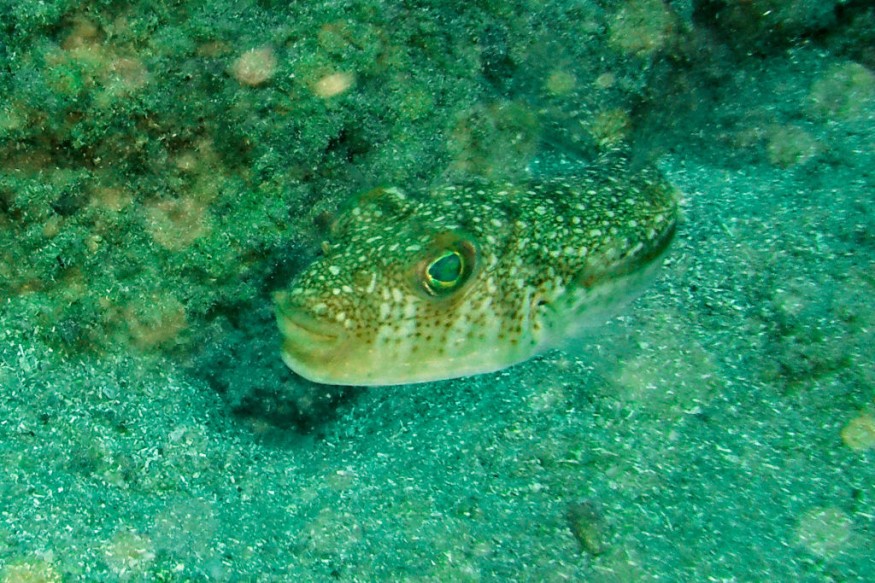In the deepest and coldest parts of the ocean, deep sea giants, a fascinating and intriguing group of species, are often cloaked in mystery.
These sea creatures, which range from enormous marine mammals to huge crustaceans, have evolved to thrive in a world that appears virtually strange to humans.
The question that was often asked was, why do these deep-sea animals grow so big?

Deep Sea Gigantism
Deep-sea gigantism (or abyssal gigantism) refers to the tendency of deep-sea species, primarily invertebrates, to grow substantially larger than their shallow-water counterparts.
There are two general rules that explain this growth: Kleiber's rule and Bergmann's rule.
Kleiber's rule states that larger animals are generally more efficient.
A cat, for example, with a mass 100 times that of a mouse will have a metabolism around 32 times that of a mouse.
Kleiber's rule is a result of the physics and geometry of animal circulatory systems, as are many other biological allometric principles.
It is also related to the surface area-to-volume ratio and the fractal nature of blood vessels. Huge animals swimming in the depths of the oceans rely on food falling from the sky, and food is frequently short, so they have every incentive to become more efficient-and hence larger.
Furthermore, larger animals are capable of consuming more prey. They are more likely to withstand weather extremes or predator assaults, and they can travel longer distances in search of food or a mate.
The size of an organism also helps with reproductive success.
Bergmann's rule claims that "marine animals tend to increase in body size with a reduction in temperature."
This clearly corresponds to findings in colder locations like the arctic, where some of the largest ocean critters, such as Greenland sharks and enormous sea spiders, may be found.
Low temperatures cause their cells to become larger. Because the cold slows their metabolic rate, organisms in such climates live longer lives.
Polar species exist in "relative slow motion" due to their slowed metabolisms, and the abundant oxygen present in frigid water allows them to grow to enormous sizes.
Island Rule
Craig R. McClain, a biologist, researched the gradient from the shallows to the deep water in 2006.
His findings appeared to reflect the structure of terrestrial islands, where isolated sections of land produce indigenous biodiversity.
He discovered that the deep water looked to replicate the 'Island Rule,' which states that after island colonization, animals evolve in predictable patterns of body size, with larger colonizing species becoming smaller and smaller species becoming larger.
As a result, there is a gradation of dwarfism in the largest colonists to gigantism in the smallest.
"The deep water is functionally analogous to an island," said McClain.
The deep has few predators and few resources, and it is isolated from the shallows. As a result, the diversification of life in the deep mirrored that on islands, with isolated groups developing greater body sizes in response to the environment.
Related Article : Terrifying Deep-Sea Creature Recorded Devouring a Fish Head
© 2025 NatureWorldNews.com All rights reserved. Do not reproduce without permission.





